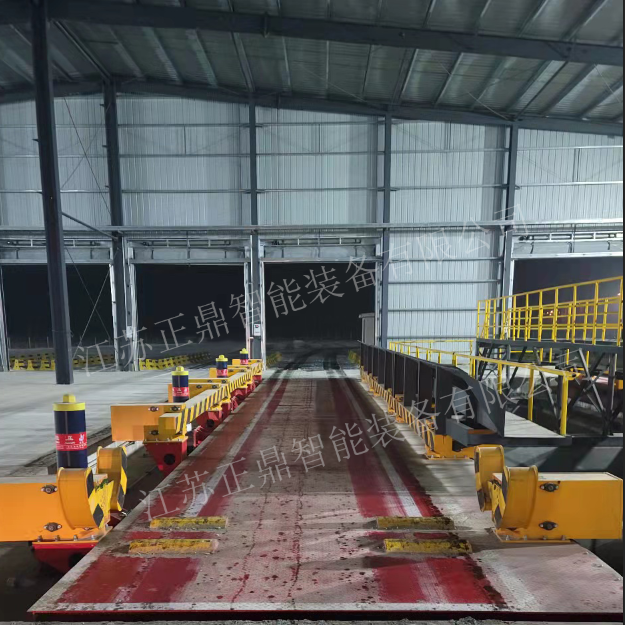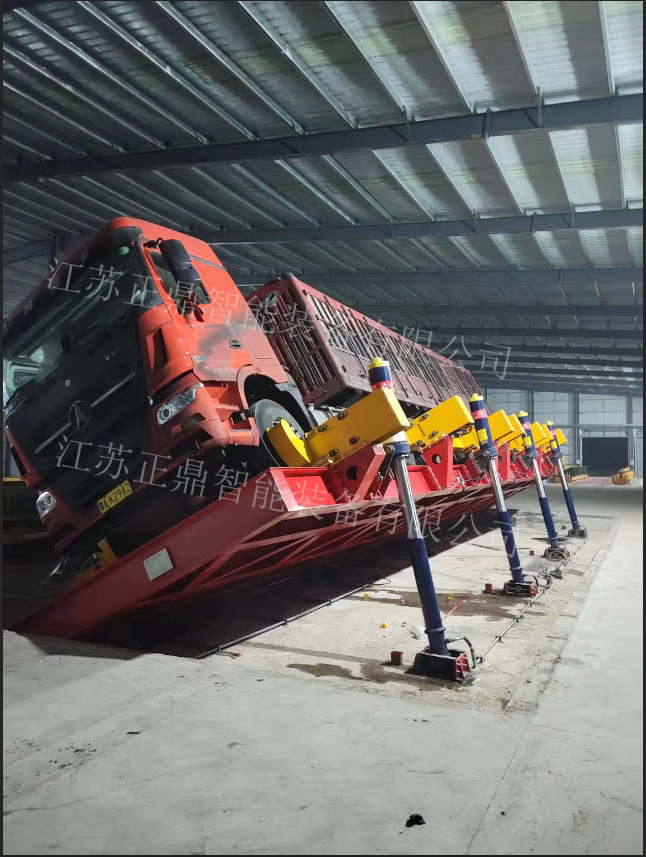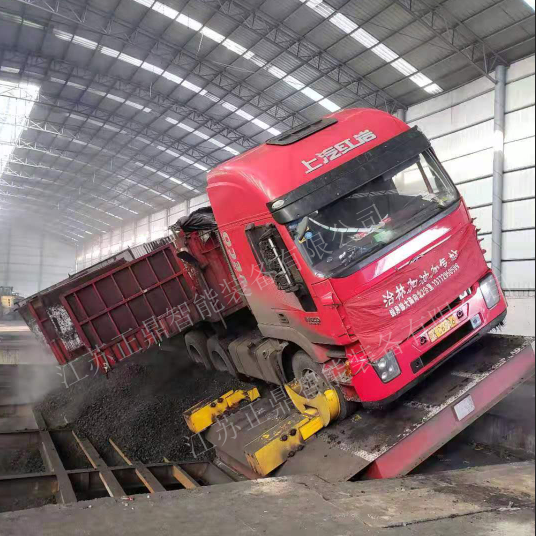unloading cargo containers
Unloading cargo containers represents a critical operation in modern logistics and supply chain management. This process involves sophisticated equipment and methodologies designed to efficiently remove goods from shipping containers at ports, warehouses, and distribution centers. Modern container unloading systems incorporate advanced technologies such as automated guided vehicles (AGVs), telescopic belt conveyors, and robotic arms to streamline the unloading process. These systems can handle various container sizes, from 20-foot to 53-foot units, and accommodate different cargo types including palletized goods, bulk materials, and mixed freight. The process typically begins with container positioning and securing, followed by systematic cargo removal using appropriate handling equipment. Safety features include load sensors, emergency stop systems, and worker protection barriers. Real-time monitoring systems track cargo movement and maintain inventory accuracy throughout the unloading process. The integration of digital technologies allows for precise scheduling, resource allocation, and documentation, significantly reducing manual intervention and potential errors.


